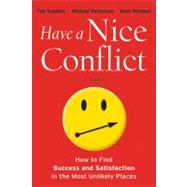
Note: Supplemental materials are not guaranteed with Rental or Used book purchases.
Purchase Benefits
What is included with this book?
Michael Patterson, Ed.D., is the vice president of business development at Personal Strengths USA and an adjunct professor in the doctoral program at Pepperdine University's Graduate School of Education and Psychology. He began his career as a U.S. Army officer and then spent twenty years in a variety of sales, marketing, and training roles in the pharmaceutical industry.
Kent Mitchell is the vice president of communications for Personal Strengths USA. He is also an award-winning playwright and copywriter, and for nearly ten years, ran an advertising design agency in the Los Angeles area.
ABOUT THE AUTHORS xi
Introduction 1
The Fable 3
Letter from John 199
John’s Notebook 203
A summary of learning
Dr.Mac’s Statement of Philosophy 219
A philosophical approach to learning as written from the perspective of Dr. MacWilson
Character Assessment Results 227
SDI assessment results for the characters featured in John’s story
The New copy of this book will include any supplemental materials advertised. Please check the title of the book to determine if it should include any access cards, study guides, lab manuals, CDs, etc.
The Used, Rental and eBook copies of this book are not guaranteed to include any supplemental materials. Typically, only the book itself is included. This is true even if the title states it includes any access cards, study guides, lab manuals, CDs, etc.